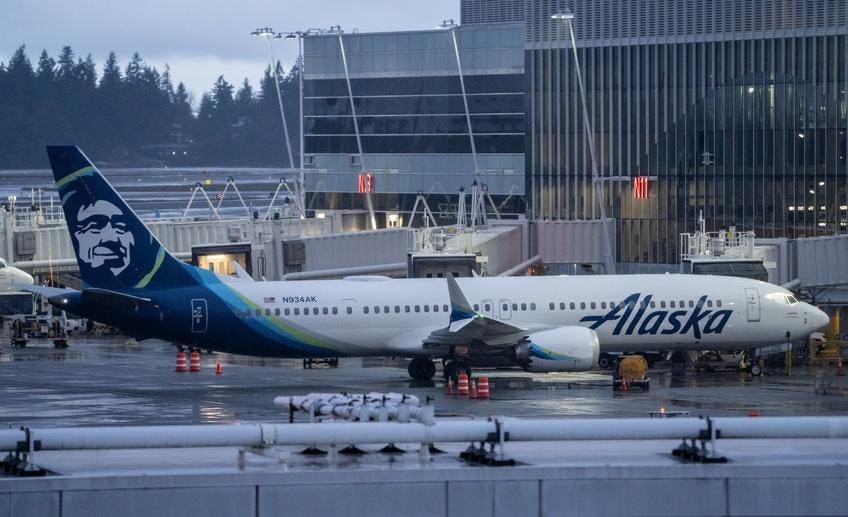On January 6, 2024, an incident involving Alaska Airlines underscored ongoing concerns about Boeing’s compliance and accountability within the aviation industry. After a fuselage part blew off during a flight from Portland, Oregon, to Ontario, California, Alaska Airlines grounded its fleet of 737 MAX 9 planes. This incident came against the backdrop of an unusual rejection from Judge Reed O’Connor regarding a plea agreement between Boeing and the U.S. Department of Justice (DOJ). The rejected plea would have settled conspiracy to defraud charges linked to Boeing’s misleading actions toward the Federal Aviation Administration (FAA) prior to the tragic crashes involving the same aircraft model. The agreement included a proposed guilty plea from Boeing and a hefty fine of $487 million, representing a major step in addressing the company’s previous failure to maintain safety standards.
Judge O’Connor expressed reservations primarily centered on the monitoring and oversight clauses of the plea agreement. While the document stipulated the appointment of an independent monitor to oversee Boeing’s compliance program, the selection process was a source of contention. The judge noted that the DOJ, rather than the courts, would have the final say on the monitor’s appointment, undermining the judiciary’s role. His skepticism was further fueled by Boeing’s previous deferred prosecution agreement from January 2021, which had not appeared effective in light of recent events. Boeing admitted to misleading the FAA about the necessity of flight simulator training for pilots, a critical factor leading to the two fatal crashes.
Significantly, the conspiracy charges arose due to allegations that Boeing violated the terms of the earlier deferred prosecution agreement, particularly regarding its commitment to implement an effective compliance program monitoring its operations for adherence to U.S. fraud laws. With Judge O’Connor’s rejection of the plea agreement, the potential benefits that could have arisen from a guilty plea and a substantial financial penalty became moot, raising further questions about the integrity of Boeing’s oversight mechanisms.
Detailed criticisms were directed at how the DOJ intended to implement its compliance monitoring. Judge O’Connor pointed out that while the agreement proposed retaining an independent monitor as a probation condition, it also imposed limitations on the judge’s ability to enforce compliance with the monitor’s recommendations. The choice of the monitor raised questions, as Boeing was allowed to prevent the hiring of one candidate from a list curated by the government, a move that seemed to compromise the integrity of the monitoring process. The judge’s concerns extended to the DOJ’s inclusivity and diversity policies, suggesting they could influence the selection in ways that detract from the merit-based hiring of compliance monitors.
In his conclusion, Judge O’Connor highlighted a broader aspect of public trust. With Boeing having undergone three years of government oversight, he noted that there was scant evidence of corrective action following previous breaches of agreement. The lack of transparency and accountability from both Boeing and the DOJ ultimately led to the judge’s assertion that the public interest demanded more robust court involvement in the monitoring process. The court noted that marginalizing the role of the judiciary in overseeing Boeing’s compliance efforts would further erode public confidence in the integrity of the aviation sector and Boeing’s commitment to safety.
In the wake of Judge O’Connor’s ruling, both Boeing and the DOJ now face the challenge of re-negotiating a plea agreement that meets the judge’s expectations and restores public trust. Given a 30-day deadline to present a revised approach, the two parties have the difficult task of addressing the inherent concerns raised about Boeing’s commitment to safety and compliance. Ultimately, the outcome of this renegotiation will not only affect Boeing’s operational future but will also serve as a crucial determinant of regulatory trust in the aerospace industry overall. The situation is emblematic of the broader scrutiny the aviation giant continues to face amidst ongoing efforts to reconcile corporate conduct with public safety.

